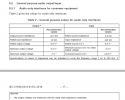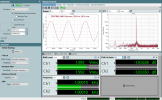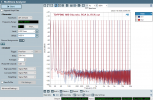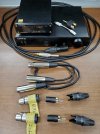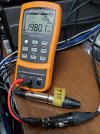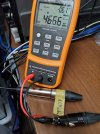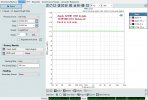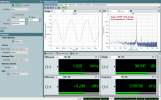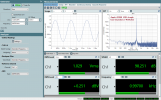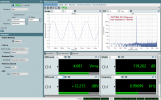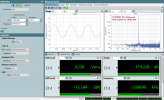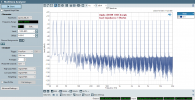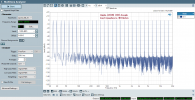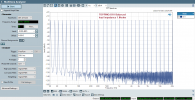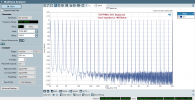I have made speakers that measure identically, yet sound dramatically different.
Nah... completely impossible.
You mean you take a spinorama and the measurements, directivity and distortion levels are the same yet sound
dramatically different ?
Our ears are way more sophisticated than a plain THD-measurement
Yep, totally different in sound 'processing'.
A plain THD measurement says very, very little. No one here said this is not the case.
To characterize distortion you need a lot of different types of distortion measurements at various levels.
A low THD preamp can for sure sound bad
Why ? Please explain why this would be so.
Is it the same for a DAC and power amp ? The same for speakers ?
Why would a recording need to have distortion added to sound 'good' ?
What specific type and amount would that be ?
Do you think you can add harmonic distortion but not also introduce IM distortion (which is not musical) ?
Speaker drivers that have the same T/S parameters, but sound dramatically different in real life.
Different cone break-up, distortion levels, directivity, enclosures ?
You demand proof for something that can't be measured.
Is signal fidelity not something that can be measured with accuracy ?
after 20 years of designing dacs and speakers
Just curious, what speakers and DACs (brand and model) were designed by you ?
Publish any papers ?
Sometimes low feedback can give a more natural sound despite worse THD measurements
What would be the reason ?
And why only
sometimes ? On other more common occasions better 'THD measurements' can give a more natural sound ?
In Kara balanced is lower distortion so SE sounds better or is this a not 'sometimes' situation ?
Blind test-idiots are the fucking disease of hifi.
Yep, understandable. When properly done (difficult) they can ruthlessly show actual differences but can also ruthlessly show that the abilities someone claims they have can not be demonstrated to exist. For that reason some people love these tests and others hate it.
t's a long time since the most prominent developers in hifi disputed the significance of THD-measurements as a scale of experienced sound quality.
Yep, has been known for decades and many papers have been written on it.
Distortion and perceived sound quality have no direct link unless distortion is so high it becomes audible and even then it may not always be objectionable (depends on the type of distortion)
That does not mean all measurements are worthless and ears rule.

